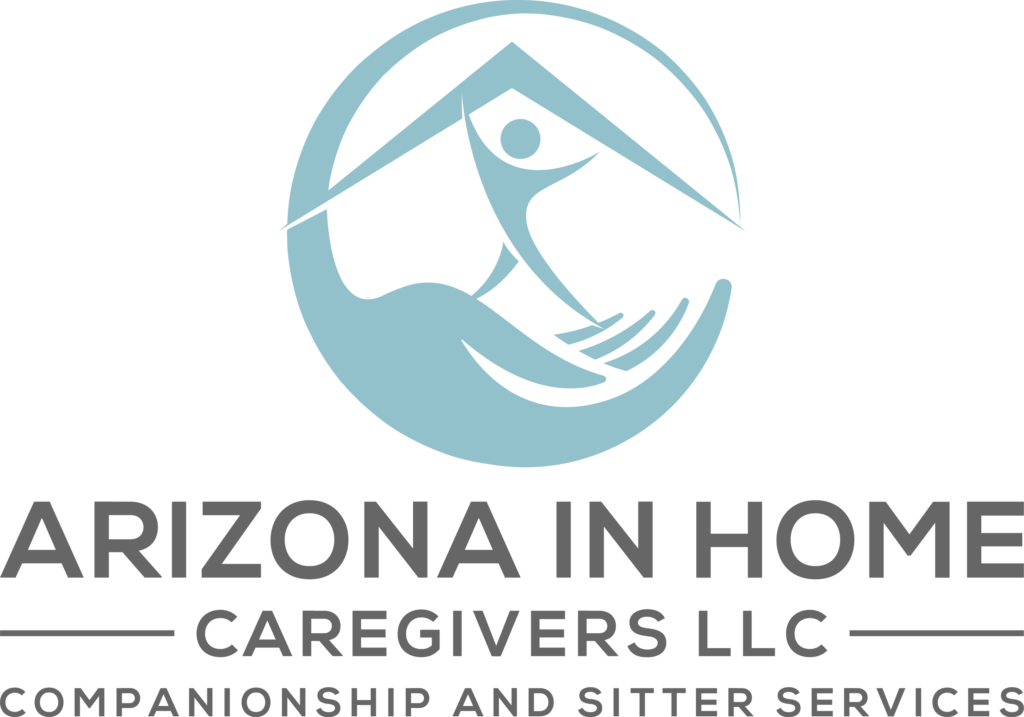Covid-19 Consideration
We ensure that all Our Caregivers have supplies, such as masks, to wear at every shift and we cover the bill for flu shots if you need one
OSHA’s guidance recommends that fully vaccinated workers in areas of substantial or high community transmission wear masks in order to protect unvaccinated workers and that fully vaccinated workers who have close contacts with someone with COVID-19 wear a mask for up to 14 days unless they have a negative COVID test at least 3-5 days after the contact. The guidance also suggests that employers “consider adopting policies that require workers to get vaccinated or to undergo regular COVID-19 testing – in addition to mask wearing and physical distancing – if they remain unvaccinated.”
OSHA continues to emphasize that vaccination is the most effective way to protect against severe illness and death from COVID-19. It also recommends that employers implement multiple layers of controls, including implementing mask and social distancing policies and increasing ventilation where possible. Other key pieces of the guidance are summarized below.
Updated Guidance for Employers
According to the updated guidance, employers should:
Facilitate employees getting vaccinated, including providing paid time off for employees to get vaccinated and recover from any side effects;
Instruct any workers who are infected, unvaccinated workers who have had close contact with someone who tested positive for COVID-19, and all workers with COVID-19 symptoms to stay home from work;
Implement physical distancing in all communal work areas for unvaccinated and otherwise at-risk workers, including limiting the number of unvaccinated or otherwise at-risk workers in one space at a time, where possible (e., teleworking, staggering shifts, flexible meeting and travel options);
Provide all workers, including those who are fully vaccinated, with face coverings or surgical masks at no cost, as appropriate, unless their work task requires a respirator or other personal protective equipment (“PPE”);
Educate and train workers (including employees, contractors, and any other individuals on site, as appropriate) on the workplace’s COVID-19 policies and procedures using accessible formats and in languages that workers understand;
Suggest or require that unvaccinated customers, visitors, or guests wear face coverings in public-facing workplaces such as retail establishments, and that all customers, visitors, or guests wear face coverings in public, indoor settings in areas of substantial or high transmission;
Maintain ventilation systems, including ensuring heating, ventilation, and air conditioning (HVAC) systems are operating properly, conducting regularly scheduled inspections, maximizing natural ventilation in buildings without HVAC systems by opening windows and doors where possible, and considering the use of portable air cleaners in spaces with high occupancy or limited ventilation;
Perform routine cleaning and disinfection, including following CDC cleaning and disinfection recommendations where someone suspected of having or confirmed to have COVID-19 has been in the workplace facility within 24 hours;
Record and report COVID-19 infections and deaths, in compliance with mandatory OSHA rules;
Implement protections from retaliation and set up an anonymous process for workers to voice concerns about COVID-19 related hazards;
Follow other applicable mandatory OSHA standards, including requirements for PPE, respiratory protection, sanitation, protection from bloodborne pathogens, and OSHA’s requirements for employee access to medical and exposure records.
OSHA’s guidance (consistent with guidance from the EEOC) reiterates that “[u]nder federal anti-discrimination laws, employers may need to provide reasonable accommodations for any workers who are unable to wear or have difficulty wearing certain types of face coverings due to a disability or who need a religious accommodation under Title VII of the Civil Rights Act of 1964.”
The updated guidance also provides information on protecting unvaccinated and otherwise at-risk workers in specific industries where there is often prolonged close contact with other workers, such as high-volume retail and grocery; manufacturing; and meat, poultry, and seafood processing settings.
